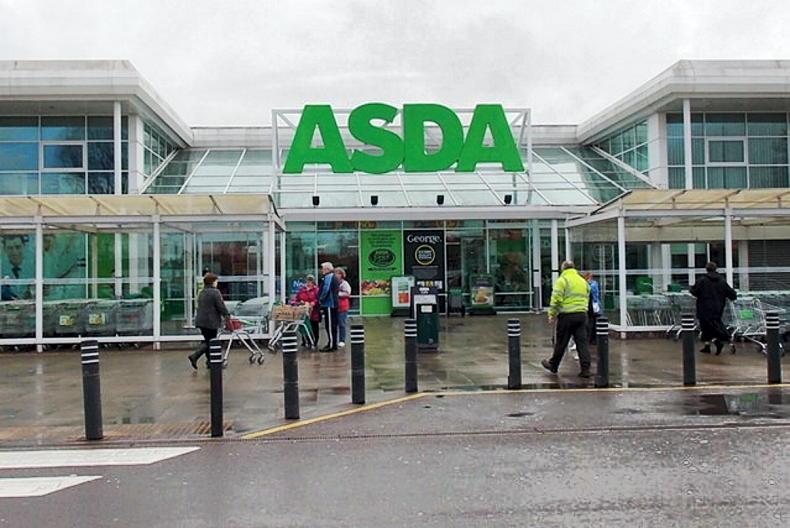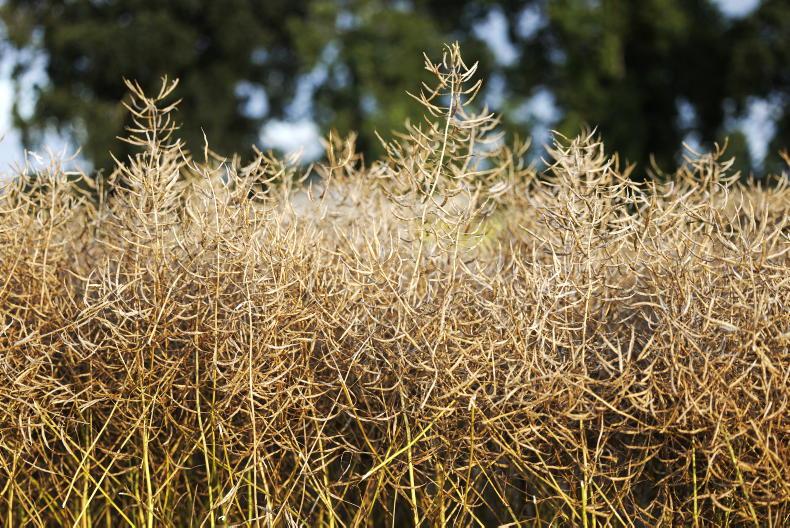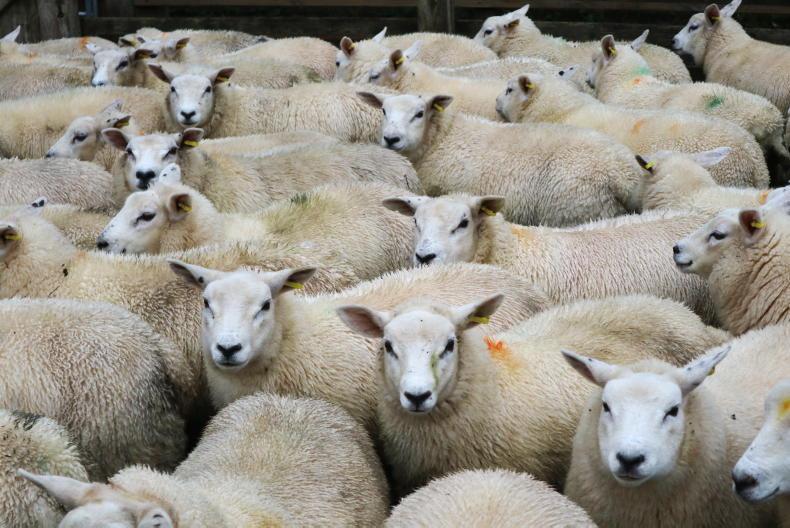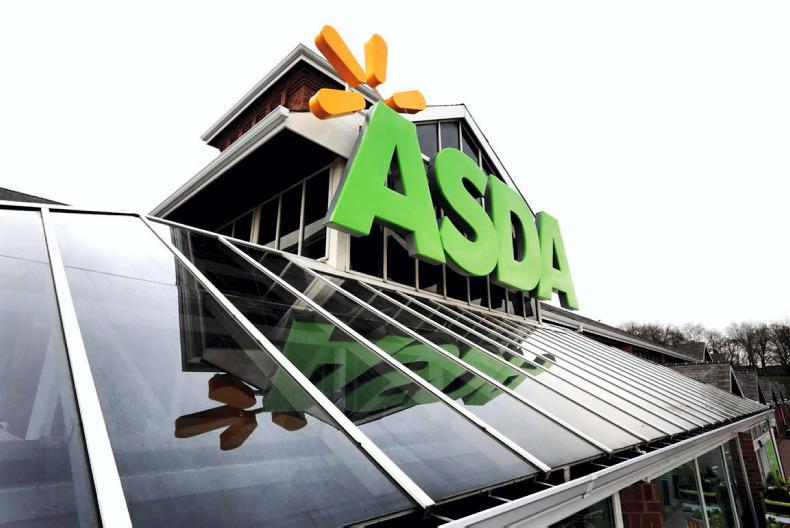Irish beef prices continued to climb over the past week, which is welcome news to farmers, as it helps offset some of the rising production costs.
It raises the question as to what is driving this increase and whether it can continue.
One of the biggest factors has been the decline in UK production in late 2021 continuing into 2022, with factory numbers down by 10% in January.
This has also coincided with the full return to normal trading, with food service and hospitality now out of all COVID-19 restrictions.
This is helping to drive demand in a sector where demand for Irish beef is particularly strong.
Similarly in retail, it was noted that Asda, which had intended going completely with British-only beef, had to relent and reintroduce Irish into its range.
Return of hospitality and food service
The Agriculture and Horticulture Development Board (AHDB) in the UK reported that while retail demand for beef was down in 2021 compared with 2020, it was still 4% ahead of levels in 2019.
This strong retail demand coincided with the UK producing its lowest volume of beef since 2015 at 886,000t, which is 5% lower than production in 2020.
The AHDB is forecasting a slight recovery for 2022, with increased slaughter later in the year leading to a 1% increase on the volume produced in 2021, but still well below 2020 production levels.
It is therefore unsurprising that 80% of UK beef imports over the past two years have come from Ireland
The UK is consistently a net importer of beef, irrespective of domestic production levels.
When there is particularly low UK production, the requirement for imports increases from 20% of beef consumed to 25% or even higher.
This is where Irish beef picks up the slack, as there is a similar product available through largely the same processors and can be delivered anywhere in the UK within 24 hours and all at a much lower price.
It is therefore unsurprising that 80% of UK beef imports over the past two years have come from Ireland.
Ireland supplies same product for much lower price
The price differential remains a huge issue for Irish farmers. Even with current strong farmgate prices in Ireland, the UK R3 steer price remains the equivalent of 30c/kg higher than the Irish price and that is with VAT of 5.6% added to the Irish price.
The UK remains the most valuable beef market in Europe and with Ireland being so close with the same product, it is clear why this remains the main export market for Irish beef.
It will be interesting to observe if Irish closeness to the British market with a huge overlap of processors can push back against supplies from Australia and New Zealand whenever the trade deals with the UK come into effect, either later this year or early in 2023.
Australia is in the process of herd rebuilding and is forecast to have record beef exports in 2024.
While its focus to date has been Asian and North American markets, the trade deals will make it and New Zealand players in the British market.
No doubt, closeness and tradition will keep Irish beef in a strong position, but even if market share is held, price offerings from New Zealand and Australia will be used to negotiate Irish beef values down.
Australia has made no secret of the fact that it is targeting the Irish beef position as preferred import partner rather than looking to replace domestic UK production.










SHARING OPTIONS